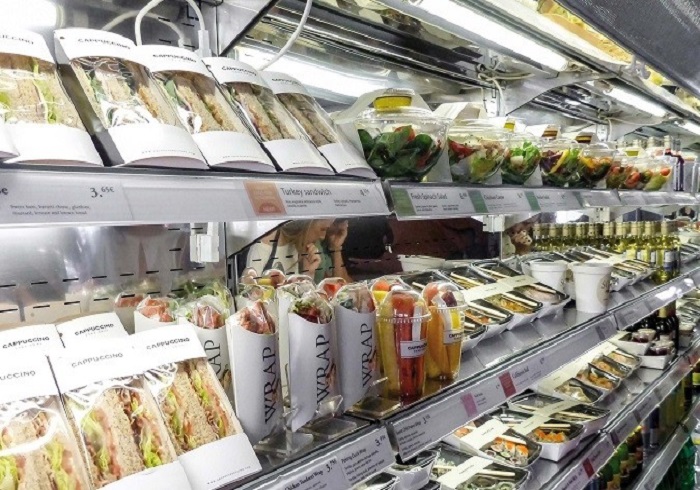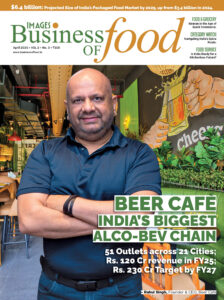The Indian food processing industry accounts for 32% of the country’s total food market. It is one of the largest industries in India and is ranked fifth in terms of production, consumption, export and expected growth. The past couple of years have seen a tremendous growth of this segment due to high consumer acceptance for…




